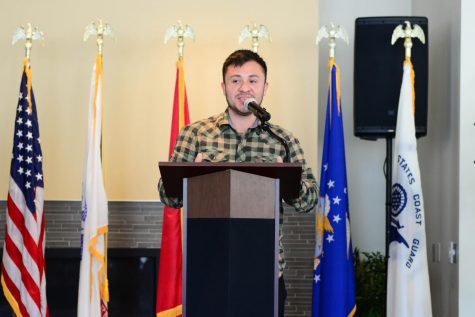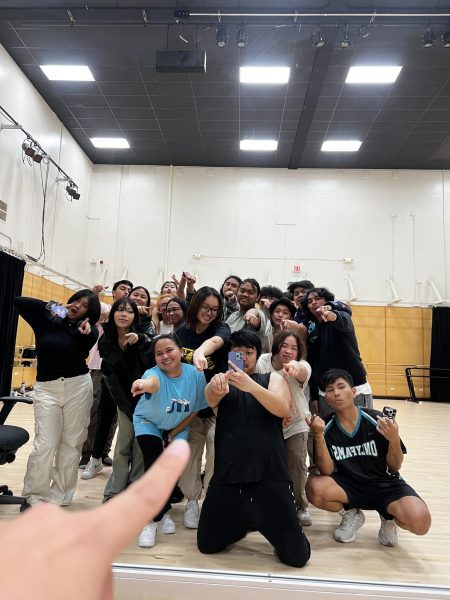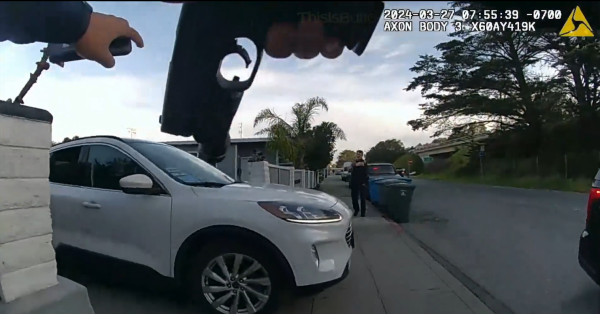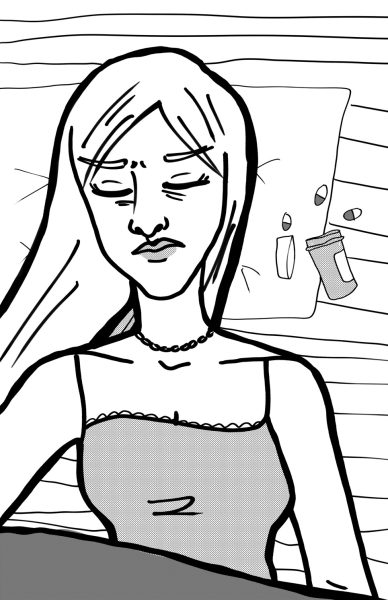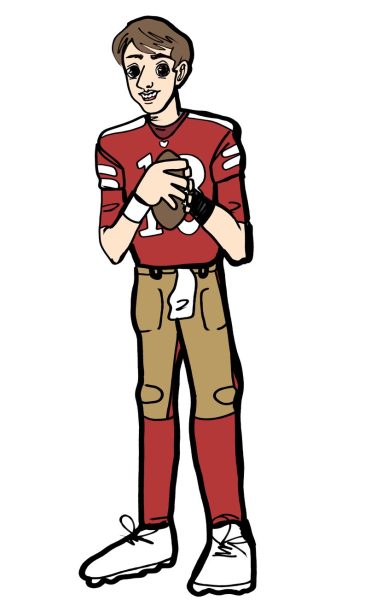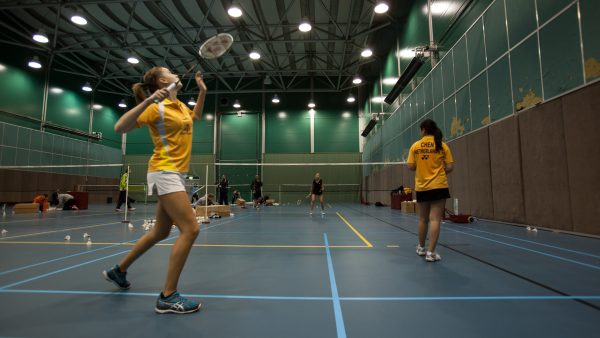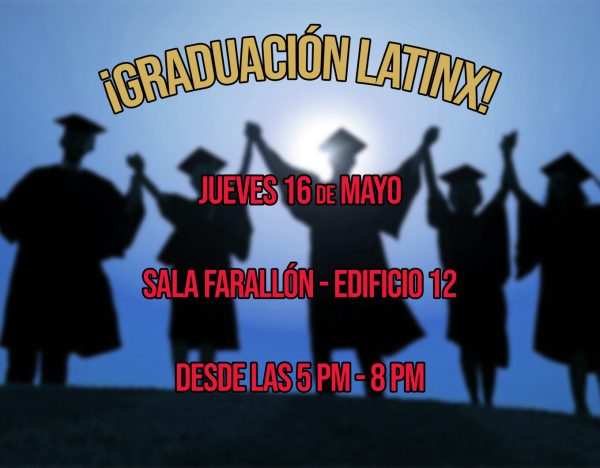Halloween traditions vary beyond US
In America, Halloween is something we grew up with as children. Trick-or-treating, pumpkin carving, black and orange decorations all remind us of October and fond memories we have as children. As teenagers we attend Halloween parties in costume and as adults we will probably be taking our own kids trick-or-treating. The holiday seems so essential to us that we may think it is something every family does. But, what about other countries? It turns out while some do celebrate like we do, others do not.
The U.K. has Halloween practices the most similar to us than any other country. This could be attributed to the fact that Halloween began as a Celtic holiday originating in the U.K. and these were some of the first and majority of settlers in the United States. For Halloween in the U.K. you will see black and orange, pumpkins, witches, ghosts, bats, spiders, etc. just like we do here. Children go trick-or-treating in costume, families carve pumpkins, and scary movies are shown at home and in theaters.
Halloween is relatively new in France, though. In the early 90s, Halloween and Halloween parties became the cool thing among young adults. At school, Halloween is seen by teachers as a way to teach English to children with the reward of candy. Teachers organize costume contests and trick-or-treating for their students.
Beyond the Halloween we think of, in France the holiday of “la Toussaint” is celebrated on November 1st. It is a day where families mourn their dead and go to cemeteries to clean up tombs, bring flowers, and pray. This is a Catholic holiday that is celebrated by Catholics of other cultures, and it is believed that Halloween or “All Hollows Eve” began from this day from the idea that, on this night, spirits come out.
In the big cities of Spain, young adults will go to parties and dress up in costume for Halloween. In America, a majority of Halloween revolves around homes and families. But in these Spanish cities, Halloween revolves around restaurants and cafes instead. In some communities, people will carve pumpkins and light bonfires, symbolic of burning off bad luck.
Children dressing up and going trick-or-treating and Halloween nightclub parties for adults have been gaining popularity in Argentina as well. However, many Argentinians do not agree with these holiday practices and believe that a holiday that is so essentially American does not have a place in Argentina.
Across the globe, in Russia, Halloween is very different. Here, it is largely a holiday for children. In Russia, children do not participate in Halloween festivities at all. Halloween is seen in Russian nightclubs and only started gaining popularity among young adults less than 10 years ago.
Japan considers Halloween an “imported holiday.” Halloween in Japan is seen as something for kids. It used to just be a holiday for foreigners, but with Tokyo Disneyland and Universal Studios Japan having events for the holiday, it has grown in popularity. Trick-or-treating for kids is rare to see, but children enjoy dressing up and going to Halloween parties. You may see some typical Halloween images such as pumpkins and other decorations, but still not as much as we see in the states.
Japan has Obon holidays in August though, which are days observed for the dead, and people visit grave sites to clean them. This is seen as Japan’s spooky time, like October is for Americans, and scary stories are told, much like the American Halloween.
It is interesting to see how different countries celebrate Halloween, so similar and so different. This Halloween, as you go out to celebrate, look back on your childhood memories, or hang your decorations and take pride in the your unique way of celebrating this fun holiday.



